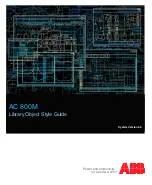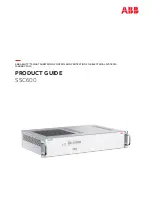
Table 10-4. Operand Nomenclature (continued)
Symbol
Description
VALUE
Flag value of 0 or 1 for selected flag (OR) 8 bit mask indicating the flag value; 0 or 1
Each instruction has a table that gives a list of the operands and a short description. Instructions always have
their destination operand(s) first followed by the source operand(s).
Table 10-5. INSTRUCTION dest, source1, source2 Short Description
Description
dest1
Description for the 1st operand for the instruction
source1
Description for the 2nd operand for the instruction
source2
Description for the 3rd operand for the instruction
Opcode
This section shows the opcode for the instruction
Description
Detailed description of the instruction execution is described. Any constraints on the operands imposed by the
processor or the assembler are discussed.
Restrictions
Any constraints on the operands or use of the instruction imposed by the processor are discussed.
Pipeline
This section describes the instruction in terms of pipeline cycles as described in
Example
Examples of instruction execution. If applicable, register and memory values are given before and after instruction
execution. Some examples are code fragments while other examples are full tasks that assume the CLA is correctly
configured and the main CPU has passed it data.
Operands
Each instruction has a table that gives a list of the operands and a short description. Instructions always have their
destination operand(s) first followed by the source operand(s).
10.6.2 Addressing Modes and Encoding
The CLA uses the same address to access data and registers as the main CPU. For example if the main CPU
accesses an ePWM register at address 0x00 6800, then the CLA will access it using address 0x6800. Since all
CLA accessible memory and registers are within the low 64k x 16 of memory, only the low 16-bits of the address
are used by the CLA.
To address the CLA data memory, message RAMs and shared peripherals, the CLA supports two addressing
modes:
• Direct addressing mode: Uses the address of the variable or register directly.
• Indirect addressing with 16-bit post increment. This mode uses either XAR0 or XAR1.
The CLA does not use a data page pointer or a stack pointer. The two addressing modes are encoded as shown
.
Control Law Accelerator (CLA)
SPRUH18I – JANUARY 2011 – REVISED JUNE 2022
TMS320x2806x Microcontrollers
589
Copyright © 2022 Texas Instruments Incorporated
Содержание TMS320 2806 Series
Страница 2: ......
















































